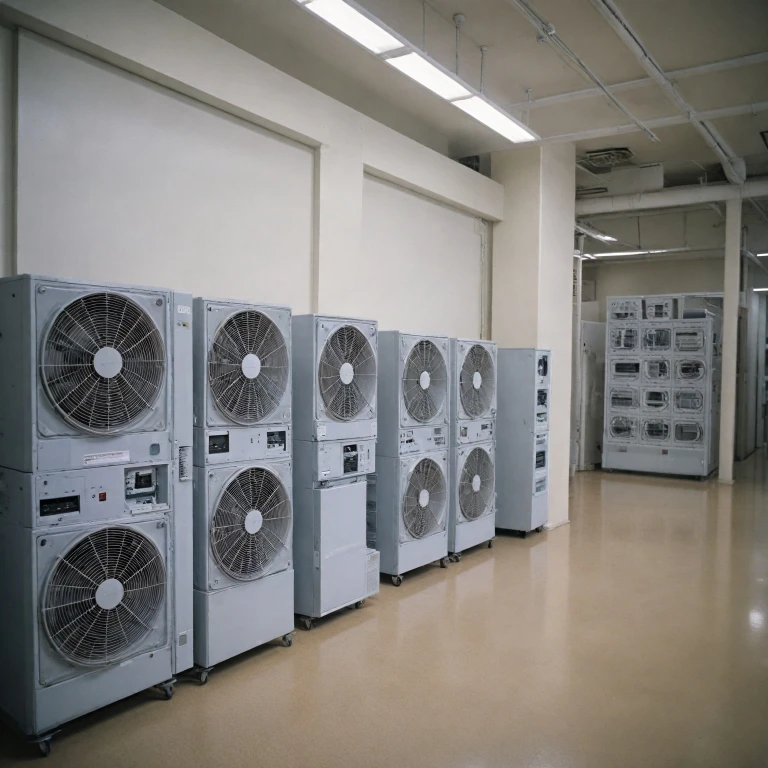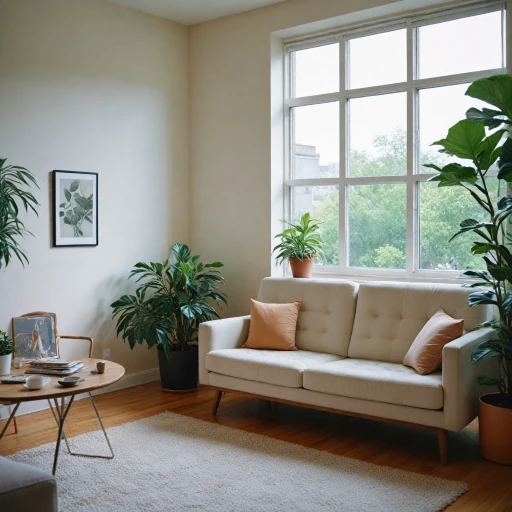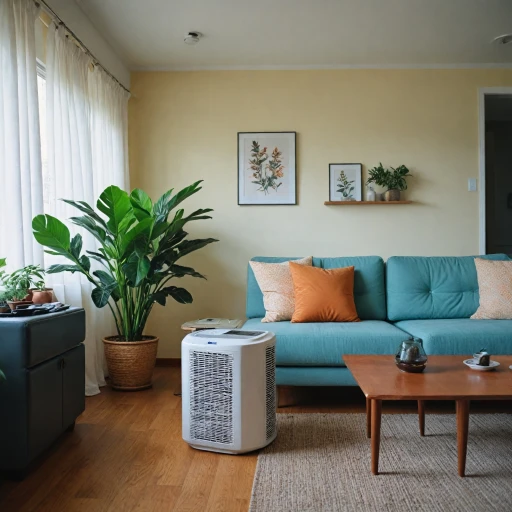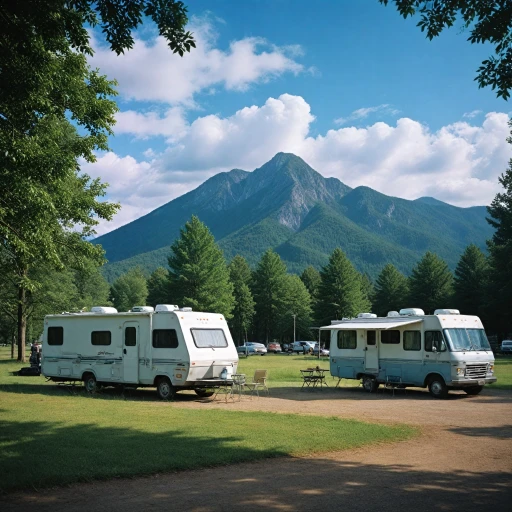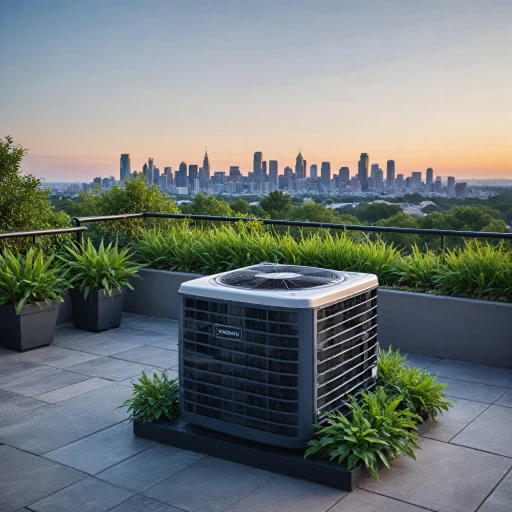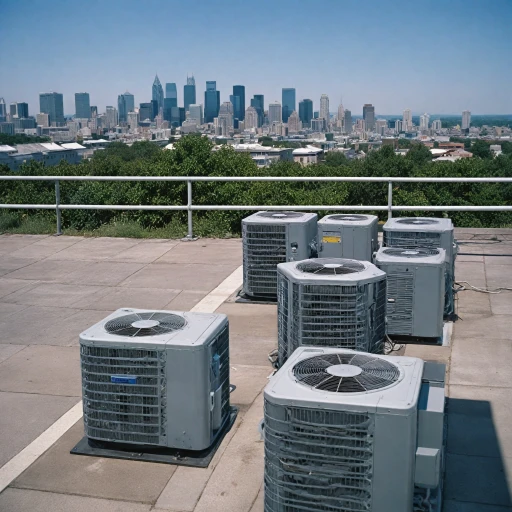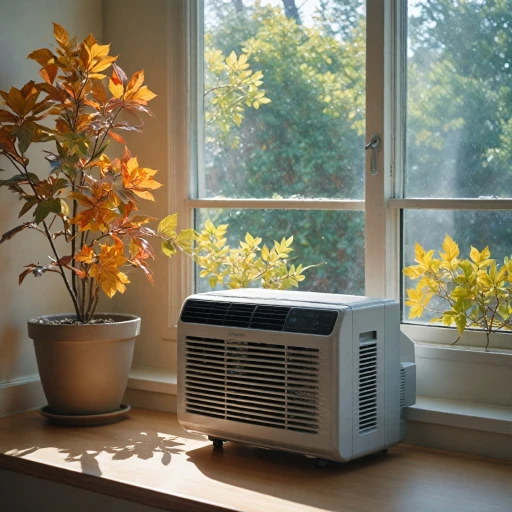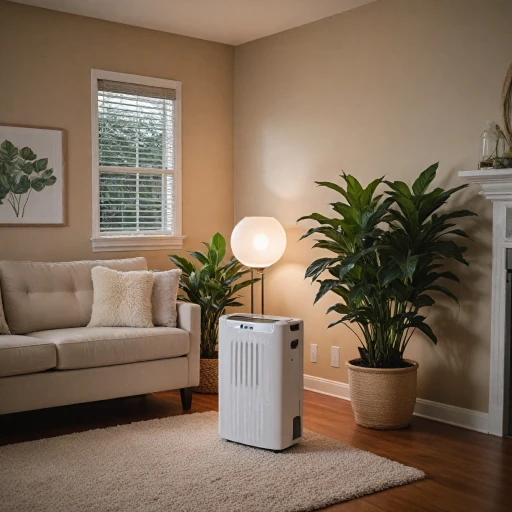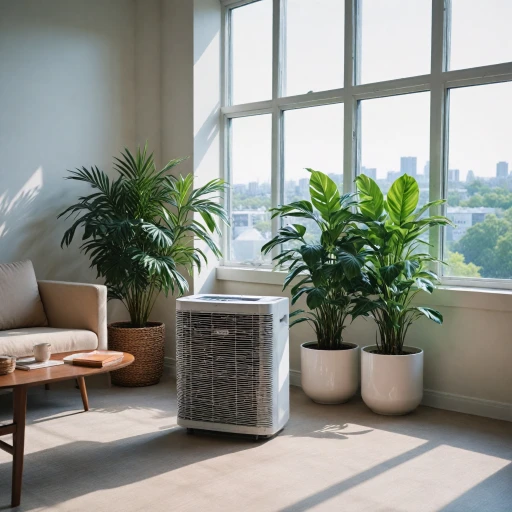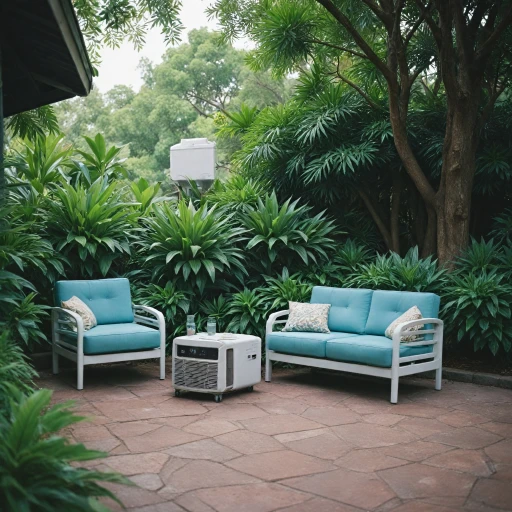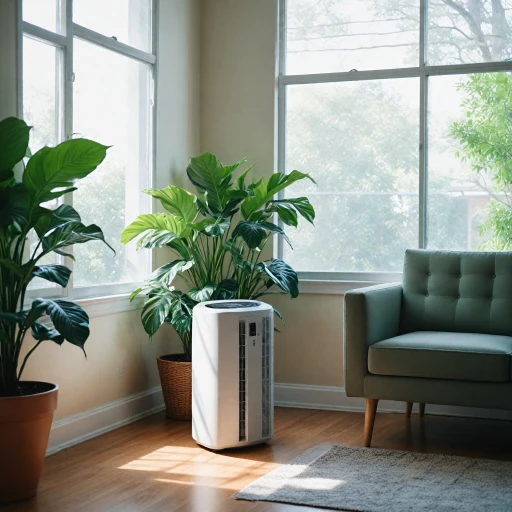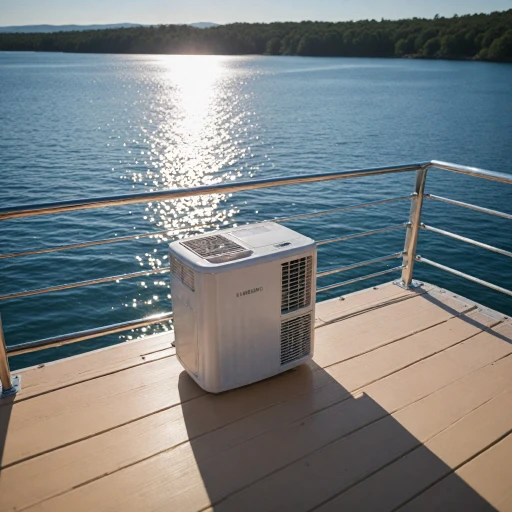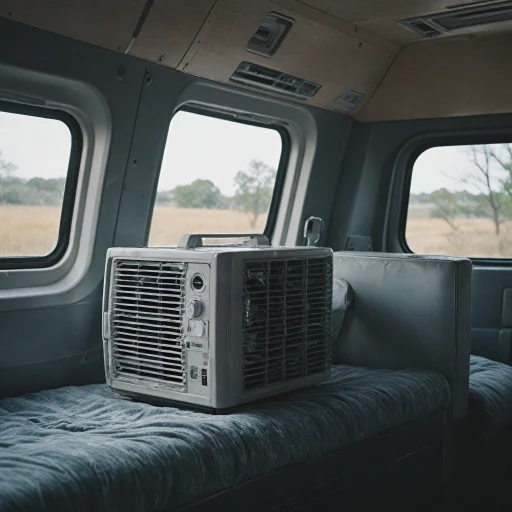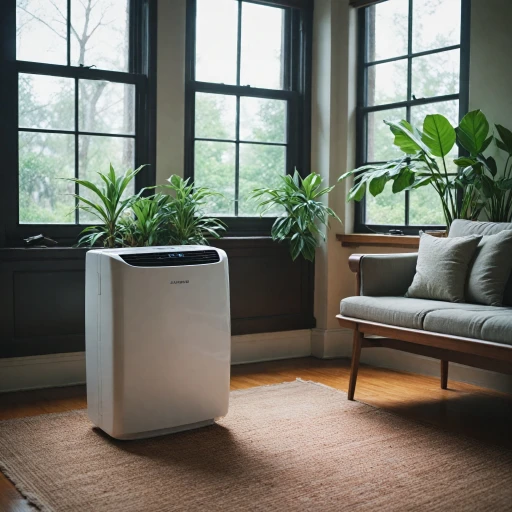
Understanding Commercial Cooling Needs
Identifying Essential Cooling Demands
Understanding the specific cooling requirements of commercial spaces is paramount when selecting the right portable air conditioner. Unlike residential areas, commercial environments often have higher cooling demands due to larger spaces, higher occupancy levels, and heat-emitting equipment. Consider the type of business and its daily operations. For instance, scenarios involving sensitive electronic equipment or vast retail spaces may necessitate powerful commercial portable air conditioners with robust features. Utilizing units like the Kwikool or MovinCool could be beneficial due to their ability to deliver significant BTU outputs efficiently. In evaluating commercial needs, focus on:- BTU Capacity: Ascertain the appropriate BTU capacity required. A higher BTU rating allows the air conditioner to cool larger spaces more effectively. Units like the "Climate Pro" and other industrial air conditioners offer high BTU outputs that can handle these demands efficiently.
- Type of Cooling: Decide between water-cooled and air-cooled options. Water-cooled units are typically more efficient for commercial settings but may require more additional components than air-cooled models.
- Space and Environment: Account for the configuration of the commercial space. Open spaces may need more powerful or multiple units, while smaller rooms may just need a spot cooler. Additionally, consider whether the environment requires a portable air conditioner with added functionalities like a built-in dehumidifier to maintain optimal comfort levels.
Features to Look for in a Commercial Portable Air Conditioner
Key Characteristics of a High-Performing Portable Air Conditioner
When selecting a portable air conditioner for commercial spaces, it's important to focus on several pivotal features that contribute to efficient cooling. Considering these characteristics can significantly enhance operational effectiveness and ensure a comfortable environment in any commercial setting.- BTU Capacity: For commercial applications, the air conditioner’s BTU (British Thermal Unit) capacity is paramount to achieving the effective removal of heat. Depending on the size of your space, a robust BTU rating is required. Many popular models, such as the Kwikool and MovinCool units, offer high BTU ratings ideal for larger areas.
- Cooling Technology: You’ll encounter options for both air cooled and water cooled systems. Air-cooled models work efficiently in spaces where simplicity and ease of movement are priorities, whereas water-cooled systems, such as the Kib and KWIB series, are beneficial in environments requiring consistent operational use.
- Portability and Build: The design and construction impact a unit's flexibility in a commercial environment. Look for models with sturdy casters for mobility and durable structures to withstand industrial use.
- Additional Features: Many units include integrated features such as a conditioner dehumidifier, essential for maintaining air quality and moisture control within commercial spaces. The inclusion of such functionalities elevates the unit from merely a cooler to a comprehensive air conditioning solution.
- Energy Efficiency: While effectiveness is crucial, the cost of operation is equally important. Products offering energy-efficient operation will alleviate long-term costs. Units such as the Pro Series by Climate Pro provide a good balance between performance and energy consumption.
Comparing Different Models and Brands
Analyzing Model Varieties for Optimal Performance
When selecting a commercial portable air conditioner, diving into model types and brand performance provides valuable insight for decision-making. This examination ensures you find the unit tailored to your space, usage, and specific cooling demands.
Numerous brands in the market specialize in portable air cooling solutions. Noteworthy options include Kwikool, renowned for its innovative water-cooled systems, ideal for spaces where air-cooled units might struggle. On the other hand, MovinCool offers robust spot coolers tailored to versatile climates with their Pro series and variable BTU outputs, ensuring stable climate control in various room sizes.
- Kwikool: Known for compact, industrial air conditioners with reliable performance. Ideal for installations requiring a mix of air-conditioned heating and cooling, Kwikool products offer varied BTU portable options to suit commercial needs.
- MovinCool: Emphasizes versatility, perfect for both spot cooling and broader climate control. Their Pro series models are built to handle diverse temperature demands.
- KIB: Standard in the market for cost-effectiveness combined with free shipping. These air conditioners, although smaller, manage to balance performance with energy efficiency.
Beyond brand preference, consider the pricing and shipping terms. Several models on offer include free shipping, which can significantly impact your bottom line, while allowing you to maximize your budget on a more powerful unit if needed.
Understanding the portable air conditioners' capacity remains crucial to determine how well brands match your cooling requirements. Units vary between simple conditioner dehumidifier models to advanced mini split systems. Precisely matching your room air cooling needs, whether it's a small office or a vast industrial space, depends on choosing the correct BTU and considering viewing the performance outputs for different commercial portable options. Proper analysis ensures you opt for reliable air conditioners, leading to efficient performance and lower operational costs in the long-run.
Installation and Maintenance Tips
Effective Setup and Upkeep Instructions
When preparing to install a commercial portable air conditioner, it's paramount to prioritize the setup for optimal performance. Whether you opt for a water-cooled or air-cooled model, ensuring proper installation will maximize cooling efficiency and longevity.- Site Selection: Choose a location with sufficient air circulation. For air-cooled models like those from the Climate Pro series, ensure ample space for ventilation. Avoid areas with obstructions to prevent reduced efficiency.
- Ventilation Planning: Portable air conditioners typically come with exhaust hoses. It's essential to properly channel exhaust air out of the space, whether through a window or a designated vent. This is crucial to maintain a balanced temperature and prevent overheating.
- Electricity Management: Commercial models often require higher BTUs, translating to increased power usage. Ensure the available electrical setup supports the unit's demands without overloading circuits.
Maintenance Pointers for Continued Efficiency
Regular maintenance of your commercial portable air conditioner is necessary for sustained high performance. Here are some steps to maintain your unit effectively:- Filter Cleaning: Regularly check and clean air filters. For high-capacity BTU portable air conditioners like the Kib Pro series, it’s essential to maintain filter cleanliness to prevent dust accumulation and ensure airflow.
- Water Drainage: For water-cooled variants of the Kwikool brand, ensure that the water drainage system is functional and unclogged. This prevents water buildup and potential damage.
- Routine Checks: Perform routine inspections for loose parts or wear and tear, particularly in industrial air conditioners built for demanding environments. Addressing small issues promptly can prevent larger problems.
Energy Efficiency and Cost Considerations
Optimizing Energy Use and Managing Costs
Navigating energy efficiency and associated costs is crucial when selecting a commercial portable air conditioner. It's important to factor in the energy consumption of various models, especially considering long-term operational costs. A more efficient unit can translate to substantial savings on energy bills over time. To determine a model's efficiency, consider the SEER (Seasonal Energy Efficiency Ratio) or EER (Energy Efficiency Ratio) ratings. Typically, a higher SEER or EER indicates better energy efficiency. Units like the Kwikool, MovinCool, or Climate Pro, offer advanced features to maintain an efficient performance while providing significant cooling power (BTU).- BTU Ratings: More powerful units, like a 45,000 BTU portable spot cooler, might initially seem to incur high energy costs. However, if a room requires this capacity, a smaller unit might run constantly, ultimately increasing energy use.
- Water Cooled vs. Air Cooled: Water cooled systems can be more efficient in certain climates compared to air cooled options. Coolers like the Pro Series prioritize efficient cooling mechanisms, which can reduce operational costs.
- Cost vs. Durability: While the initial price of portable air conditioners might vary, options with free shipping or robust warranties could offer better long-term value.
Troubleshooting Common Issues
Tackling Common Problems for Smooth Operation
A commercial portable air conditioner, like models from Kwikool or MovinCool's Pro Series, is a valuable asset in managing climate control efficiently in large spaces. However, certain issues might arise during operation. Here's how to address some common troubleshooting scenarios to ensure your air conditioner performs optimally:
- Inadequate Cooling: If your BTU portable air conditioner isn’t keeping the room air cool enough, first check the unit's capacity in BTUs against the space size. Larger commercial spaces might require more robust models with higher BTUs to ensure adequate cooling.
- Water Leakage: Water leakage can occur in both water-cooled and air-cooled conditioners. Always inspect the drainage system and ensure it's not clogged. Maintain the unit as per the guidelines to prevent overflow issues.
- Repeated Shut Offs: This might happen due to overheating or a malfunctioning thermostat. Ensure the air filter is clean to allow unobstructed airflow, and check if the electronic components are functioning properly. Regular maintenance helps avert such problems.
- Noisy Operation: Noise can emanate from loose components or unbalanced units. Inspect the placement and mountings to ensure your commercial portable air conditioner is grounded and stable.
- Electrical Issues: If the unit isn’t turning on or shuts off unexpectedly, inspect power connections and ensure they are secure. Always adhere to the recommended voltage requirements to avoid electrical problems.
While these pointers address common minor hiccups, referring to the user manual specific to your model and contacting professional maintenance services can provide more tailored solutions. Keeping up with routine checks and cleaning not only extends the life of your industrial air conditioners but also ensures they operate efficiently, saving on energy costs.
